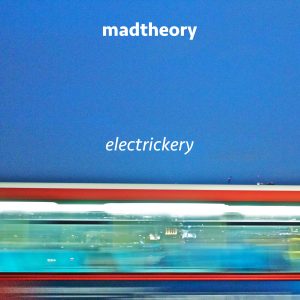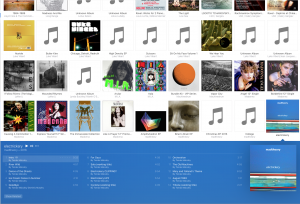Alternative title – Live music – the good and the rib shattering…
It’s been a really great summer for live music. I got to see some of my all-time musical heroes and discovered some new ones along the way.
Kraftwerk – my first Heroes
Like all of the best music, it was a friend who introduced me. My salvation as a teenager was the local Scouts. We were all big music fans and sharing was a great way to pass the time in the days before the internet. So I first heard Computer World on cassette in 1986, and honestly, I thought it was a bit strange! Good strange though. That same year The Telephone Call was a single, and I remember it jumping out of the radio and I went “Wow what is THAT?” I first got to see them live at EP2006, a very special year with an amazing line up (Goldfrapp, Human League, Arcade Fire, Flaming Lips).
So this year Kraftwerk played the Bórd Gáis Energy Theatre. We were immersed in their world for a few hours, with sweet melodies, punchy robotic grooves, retro-futurist style and humour. The graphics were minimal and beautiful. During Spacelab we saw Earth from a 1950s space station, which hovered over a Google map of Dublin and then landed outside the theatre in glorious black+ white. Founding member and singer Ralf Hutter did make a few little mistakes but these only served to emphasize the frailty of humanity and how we help ourselves to thrive with our machine creations. Writing this now I wonder if it was done on purpose? Either way, it worked just fine. He’s been performing since 1968 and it showed in the slick and professional performance and superb dramatics of the whole show. His vocoder performance on Man Machine in particular was stupendous. Despite the robot exterior, Kraftwerk gave a lot to their audience. The encore was raucous and everyone left smiling.
Orbital – My Second Heroes
My old friend Sandra O’Mahony, an accomplished live sound engineer and festival manager, put on Orbital’s first album while I worked on getting her MIDI gear synched with mine, back in 1996 when synching an Atari to tape was still a big deal. I was blown away by the album, as well as the extreme quietness of her family home where the loudest thing in the area was the cows mooing! Not your typical rave-era experience, but great memories 🙂
The evening after the Kraftwerk gig, Orbital headlined Forbidden Fruit ’17. Pretty amazing right? Two electronic music legends in one weekend. This event was filled with teenagers already drunk by 2 pm. My wife even had to help one group make sure a drunk friend got home without getting them all banned from the show! We had a hilarious conversation with the coffee vendors about social media, responsible drinking and fake tans (maybe a blog for another day!). Spotted the same stall at Beatyard actually!
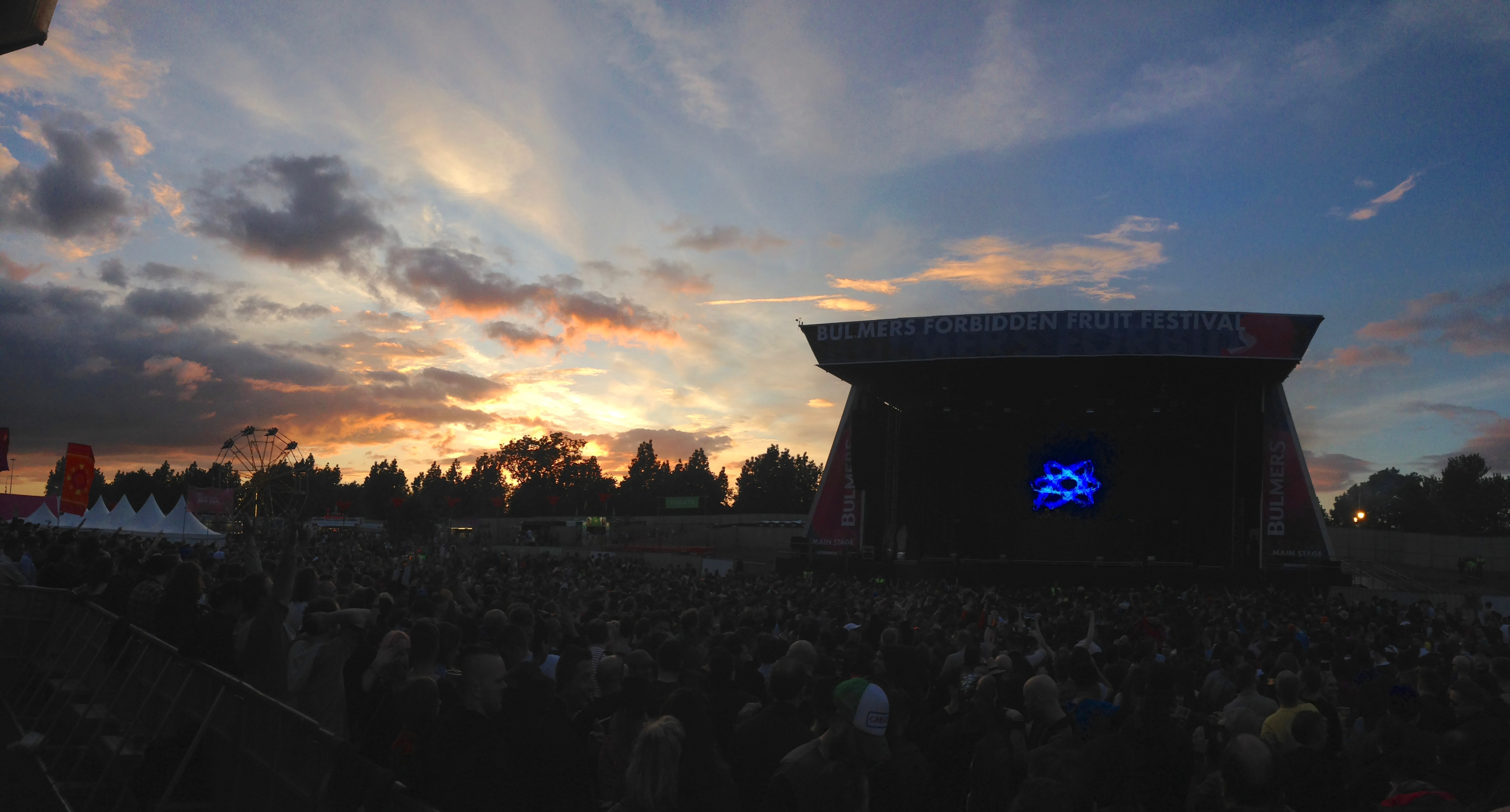
Orbital had a very big show and used the huge dynamic range of the PA to full effect, with quiet atmospheric and moody bits right up to blow-you-away loud bits just right at the peak musical crescendos of some of their biggest hits.
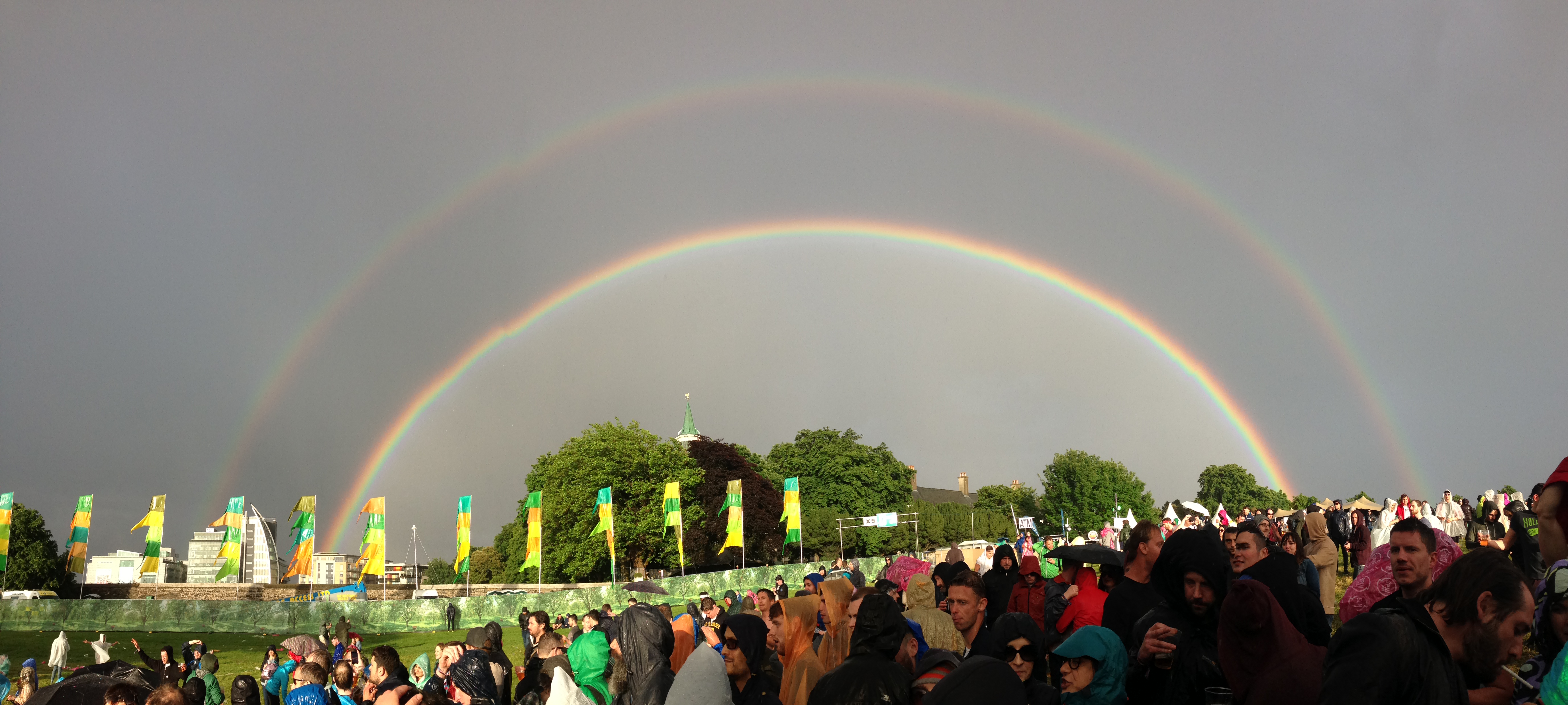
With the abstract and giant, atmospheric video mapped display, it was the best natural high ever – and it lasted for the entire set.
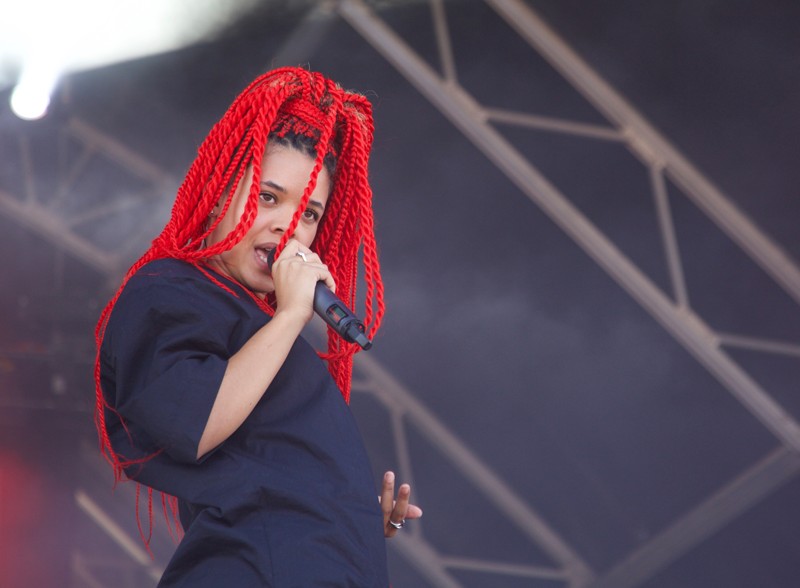
Bonzai (photo by Jamie Macmillan)
Up and coming singer Bonzai also did an explosive set earlier in the day. I’m still still enjoying her Royah and Sleepy Hungry Eps. She sang, danced and swooped her long hair around with amazing rhythm and style, everyone left still singing her songs.
Air – My Third Heroes
French band Air have been an inspiration for me for a long time. La Femme D’argent was another one of those tracks that jumped out of the radio when it was released. They have their own distinct sound and retro-futuristic style like Kraftwerk, but with a more lyrical and harmonic angle. They headlined the Beatyard 2017 festival in Dun Laoghaire last weekend. So I’m still coming down from it! I’ll start with the good stuff – there’s a lot!
This festival is very well organised and family friendly. It’s in a relatively small space but really well laid out. Staff are without exception friendly and helpful, and there is a wide array of amazing food choices. Even the toilets are the most outstandingly clean and well maintained of any festival I’ve been to. Gobsmacked wife made the rather unusual move of posting a pic of a loo on Instagram (note it’s PDT not GMT!)
We arrived a little late but in time to catch trad-fusion band Kila who did a wonderful set. Ronan O’Snodaigh on percussion and vocals was particularly impressive, his drive and energy feeding right into the music. Such a tight and dynamic player! The whole band gelled incredibly well, sounding as one. Irish trad has a particular flavour of melancholy and euphoria, like life itself. Kila created that vibe perfectly and took us on a journey, seemingly effortlessly. I’ve seen them before in a particularly awful venue with a terrible PA and their engineer beat it into submission, getting the best sound I ever heard in there. At Beatyard it was easier for him, the PA was a beautiful Martin (I think) line array. The band sounded fabulous.
Morcheeba were the next act we enjoyed. Beautiful trip-hop rhythms with very tasty drumming, and Sky’s voice is just amazing, soaring with the seagulls who seemed to flock a little more numerously around the stage for their set. Even the sun came out! I didn’t care too much for their cover of Bowie’s Let’s Dance (having been blown away by Nile Rodgers’ drummer doing a perfect Bowie take-off when Chic played Cork last year) but this was a very groovy set. The lighting was minimal but worked superbly well with Sky’s homemade black silk dress, she looked very, very cool. And wife blissed out having been a fan since forever.
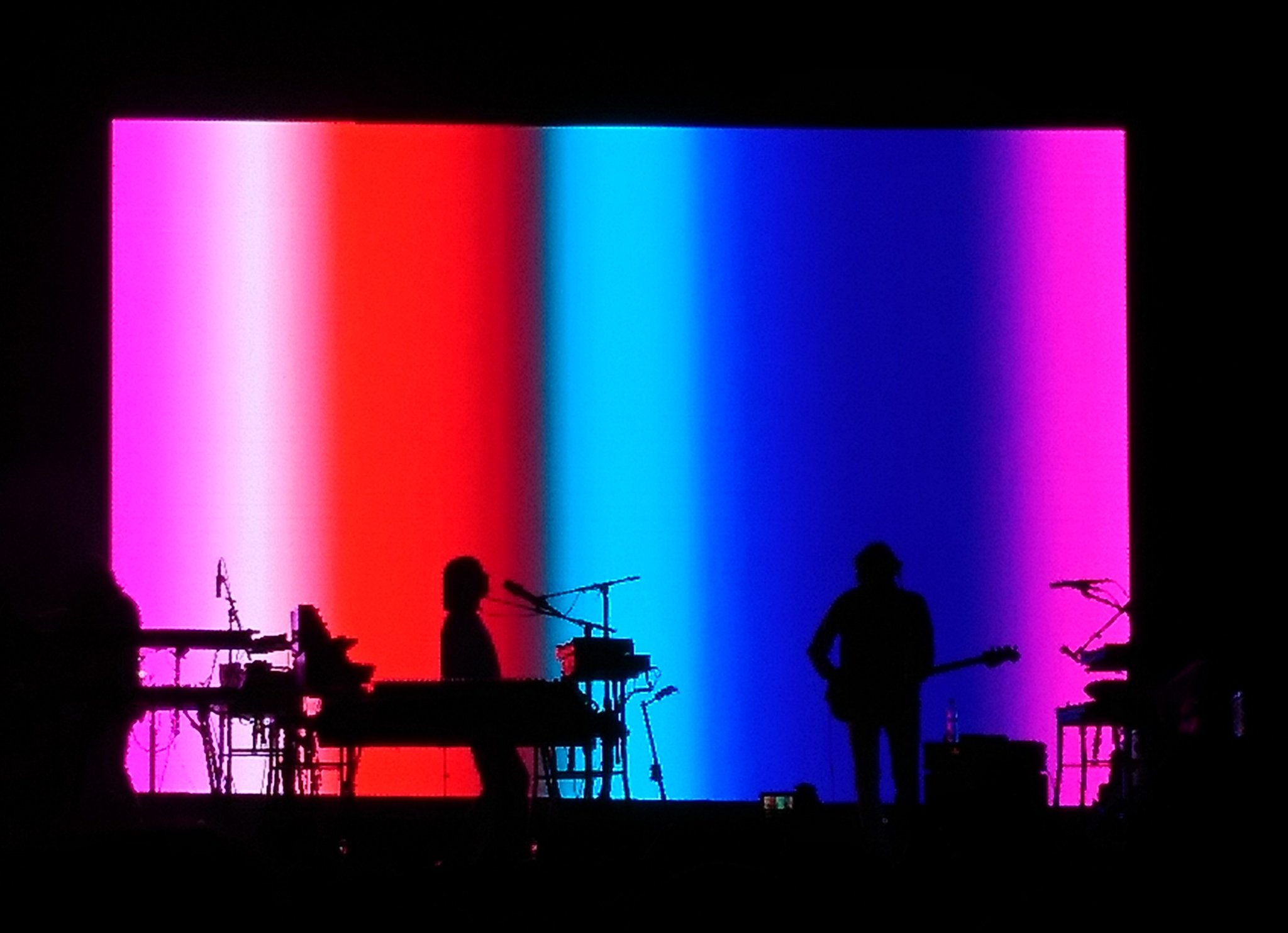
Air at #beatyard by Lynne Crosby @lynnecrosby
Then came Air. I had to get close to the front to see them and to check out the keyboards 🙂 Opening song Venus jumped out of the speakers, especially the main keyboard riff which seemed to exist somewhere outside the system. JB’s vocals soared. Beautiful. There’s not really a bassline on this song, just the low notes on the piano. And the drums are minimal. So I had no idea how bad things were going to get.
As soon as the kick drum came in on the next song, we were subjected to a horrible excess of sub-bass. The kick dominated the music. When Air’s trademark funky synth bass lines came in, entire songs were reduced to a droning discordant bass mush that would loosen bowels. People around us were wincing. My wife, normally a bass junkie, started stuffing bits of tissue in her ears. Not a good sign.
We moved back by the mixing desk assuming the balance there would be just right. No such luck. It actually got worse! Air’s trademark dreamy keyboard strings were simply not in the mix. This sound comes from the Solina string ensemble, a keyboard that JB had prominently on his right. Every time he played it, we heard nothing. The engineer simply sniggered when I pointed this out to him. Yes, I’m sorry to say I was so upset and disappointed at the terrible sound that I resorted to shouting at the engineer – it was the only way to get his attention above the noise. The vocals sat just above the droning bass with little or no harmonic support. It just did not sound like Air, but more like some bad dub reggae. It also seemed that if Nicolas was not singing through the vocoder, he was very low in the mix. Listening to this live recording from Sydney Opera House it appears that is how he likes it, but I think it’s an odd choice especially with songs like Cherry Blossom Girl where, at least on the record, the two voices are equal. They did a shorter set than other shows on this tour, and left out quite a few favourites notably Run and Remember.
Or maybe I just didn’t hear it- #notevenjoking
This was such a disappointing show. Wife got her dose of Morcheeba so she was still ecstatic. But I was, in truth, devastated. This was a festival with a well fed and watered audience, so they were not going to leave but there was an awful lot of chatter during this show, even compared to Morcheeba who were playing earlier in the day with kids around. I can’t understand how Air, known for being particular, sounded so bad compared to Kila and Morcheeba. This was a really good PA system.
This audience recording from San Francisco last year gives you a good idea of the poor balances. Nicolas’s vocal is almost inaudible compared to JBs, and you can hear the bass and kick drum dominating.
As lasthousemusic put it “Completely agree. Many blissful textures missing. Great set but could have been so much better…”
Is there a Solution?
Well, I’d love to see Air put someone they trust out in the audience for the next few shows, and get an independent review of what the sound experience is like. Honestly, I think they’d be pretty shocked!!
My next dose of live music will be Megacone with my friends Zombie Picnic – can’t wait!
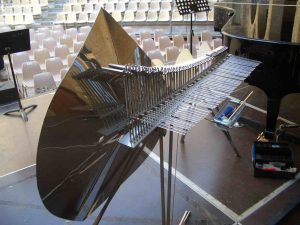
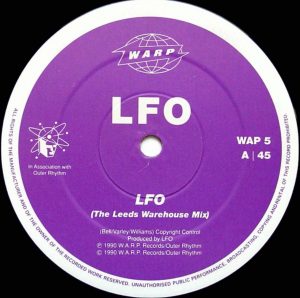
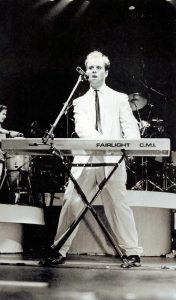
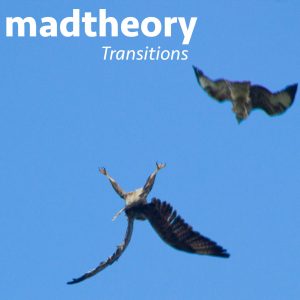

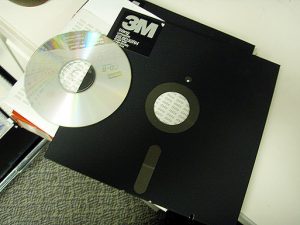
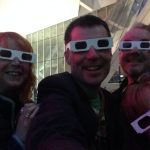
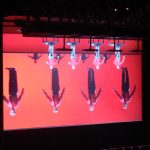
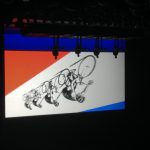
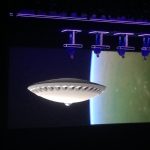




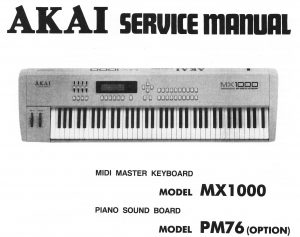


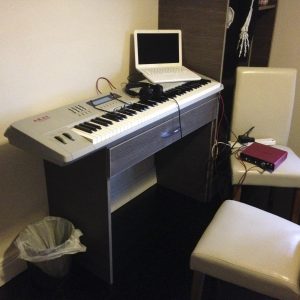
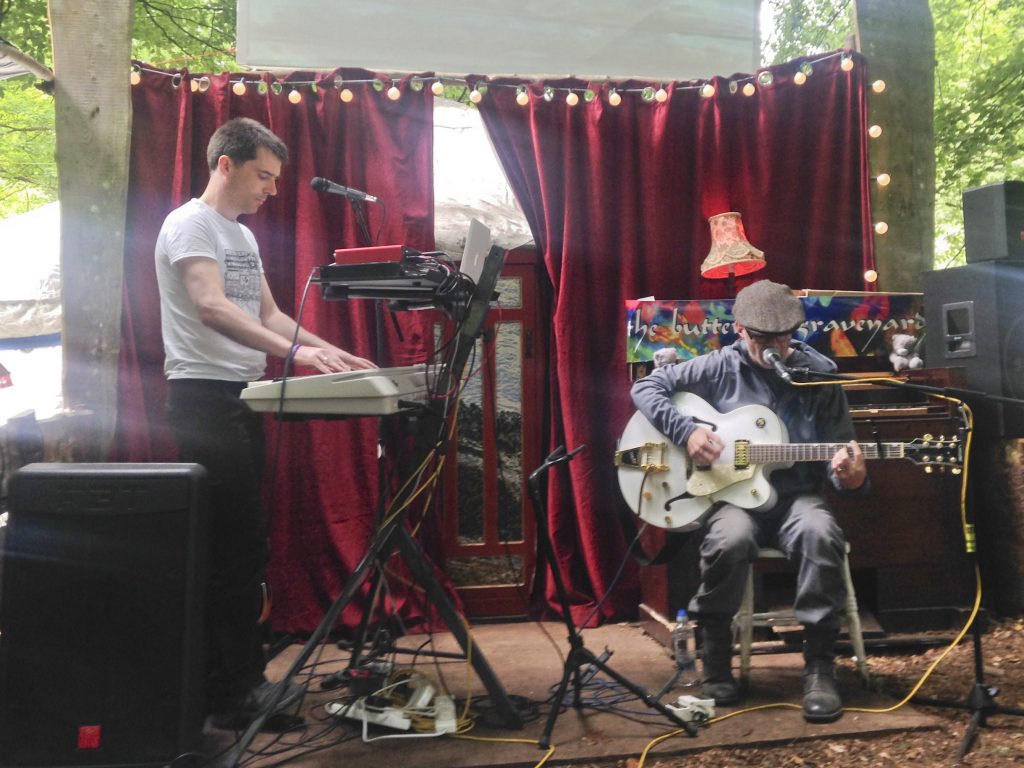
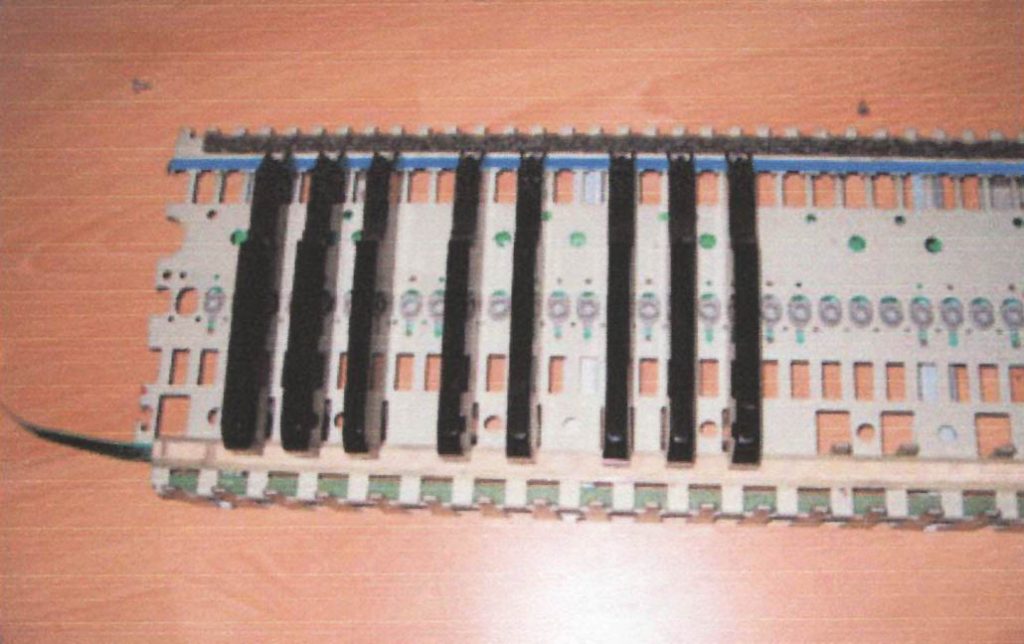
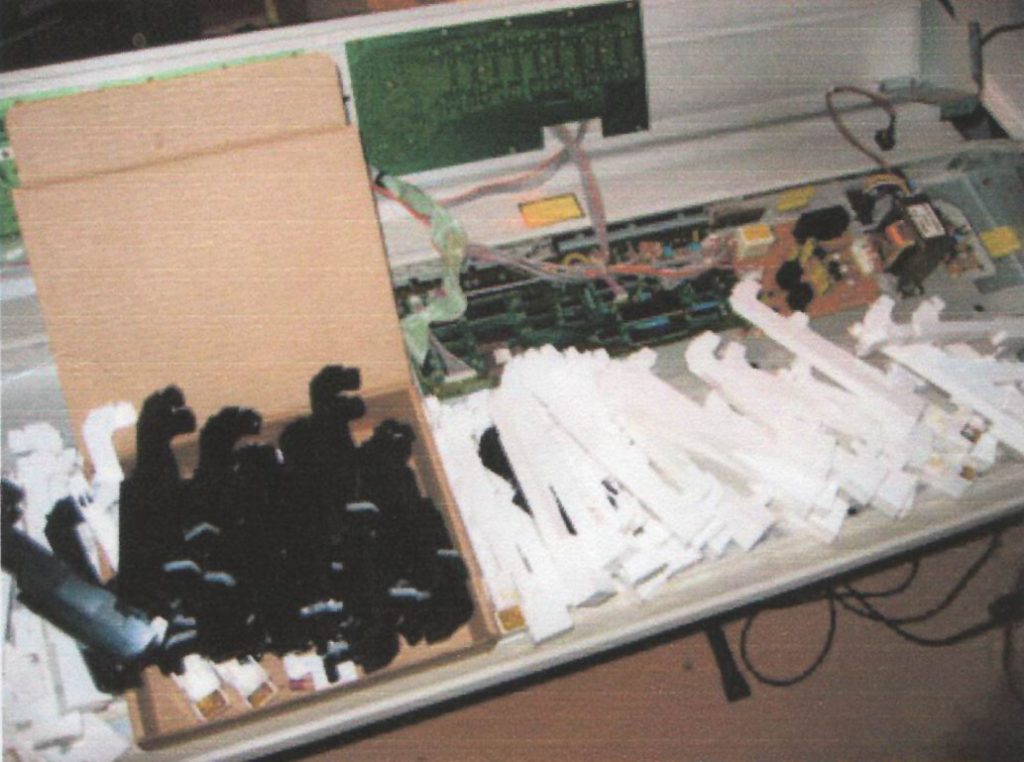
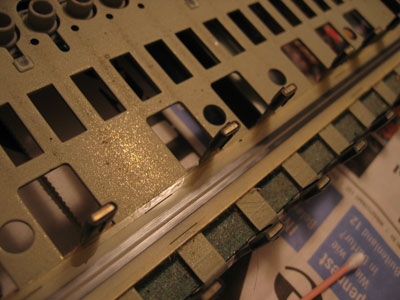


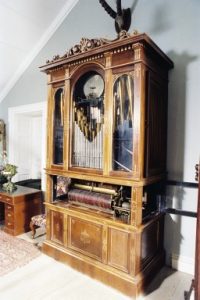
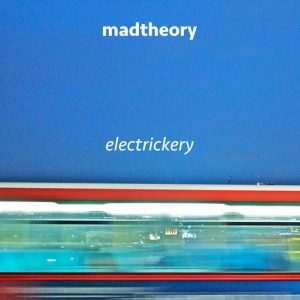 I’m very pleased to get this released. It’s been a long time brewing. Many thanks to my friends who helped with feedback and encouragement:
I’m very pleased to get this released. It’s been a long time brewing. Many thanks to my friends who helped with feedback and encouragement: